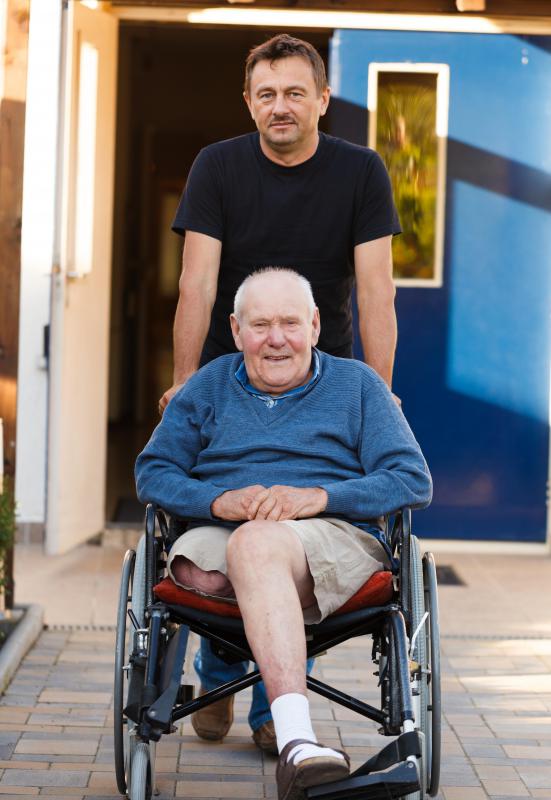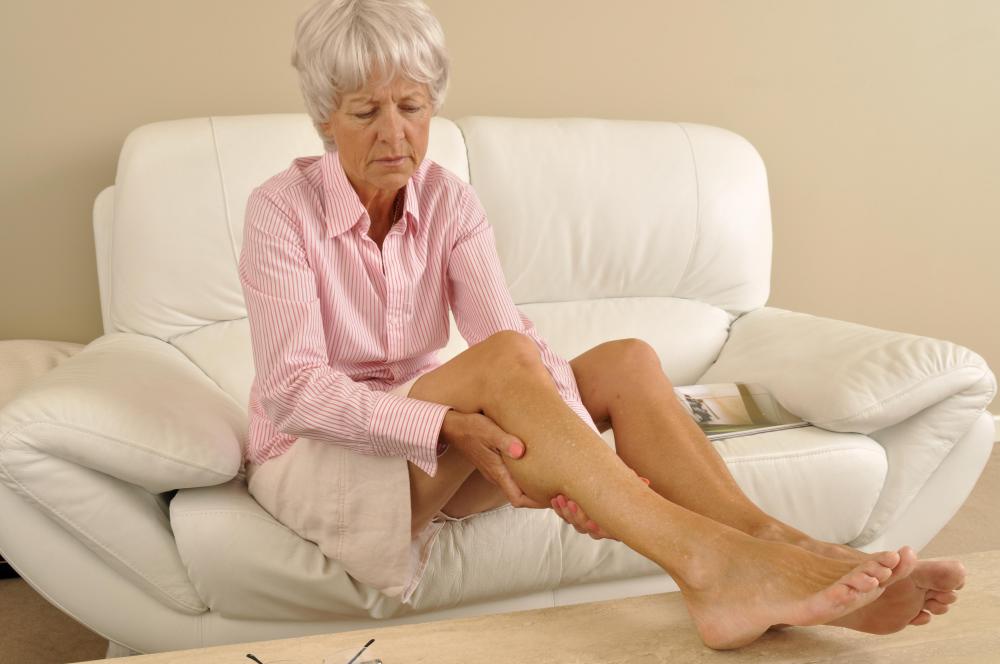At TheHealthBoard, we're committed to delivering accurate, trustworthy information. Our expert-authored content is rigorously fact-checked and sourced from credible authorities. Discover how we uphold the highest standards in providing you with reliable knowledge.
What Is Lymphangiosarcoma?
Lymphangiosarcoma, also known as Stewart-Treves syndrome, is a rare form of angiosarcoma that occurs in the skin. It is a condition that correlates to long-term lymphedema. Lymphedema is swelling of the arms or legs caused by problems in the lymphatic system or blood vessels. Angiosarcoma is a form of cancer that originates in blood vessel linings and spreads rapidly. When lymphedema leads to the development of cancer, progression can be monitored through a stage classification system.
Stage 1 of lymphangiosarcoma is chronic lymphedema. This stage is characterized mainly by swelling of the arms or legs. Continuous and recurring swelling leads to a gradual breakdown of collagen and fat in the skin. Collagen bands are repeatedly stretched to resemble fibrous tissue.

Premalignant angiomatosis is the term associated with progression to stage 2 of lymphangiosarcoma. Small channels develop in the layers of the dermis and subdermis that contain a lining of endothelial cells. Areas of angiomatosis can appear to be deep hemorrhages or bruises. Some lesions are benign while others show malignancy. Doctors often biopsy each affected area to determine how far the malignancy has developed.

Malignant angiosarcoma is stage 3, the final stage of lymphangiosarcoma. In this stage, tumors become much more aggressive. They are cancerous and begin spreading rapidly. Additional areas of angiomatosis commonly appear and start progression stages all over with each new area. It is not uncommon for one person to have multiple areas in different stages of progression.

Although chemotherapy and radiation are effective treatments for many different types of cancers, they are not particularly effective in treating lymphangiosarcoma. Instead, they are used to provide additional aid before surgery is performed. During the earliest stages, surgery is often performed to remove lesions before metastasis can occur. In some cases, it may be necessary to amputate the affected limb, particularly when the cancer has spread and caused the majority of the limb to be affected.

Treating chronic lymphedema is the most effective way to prevent the occurrence of lymphangiosarcoma. If suspicious lesions on the skin arise, biopsy should be performed as soon as possible. This condition progresses rapidly. Lesions should be treated as soon as possible to avoid progression and possible amputation.
AS FEATURED ON:
AS FEATURED ON:

















Discuss this Article
Post your comments